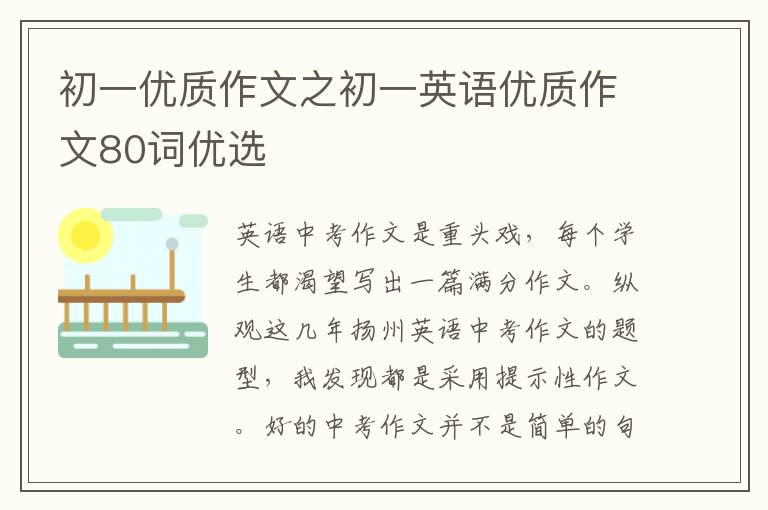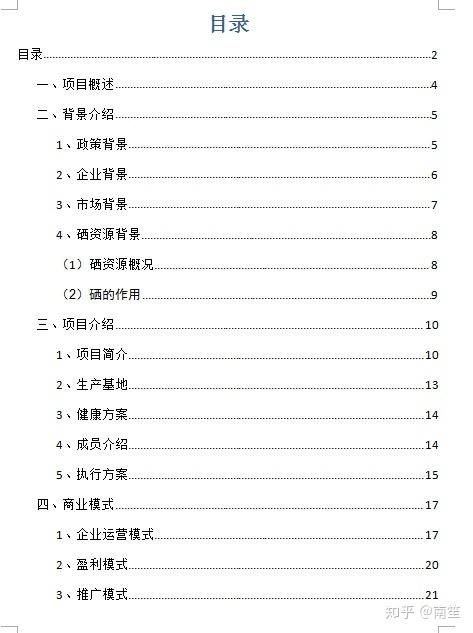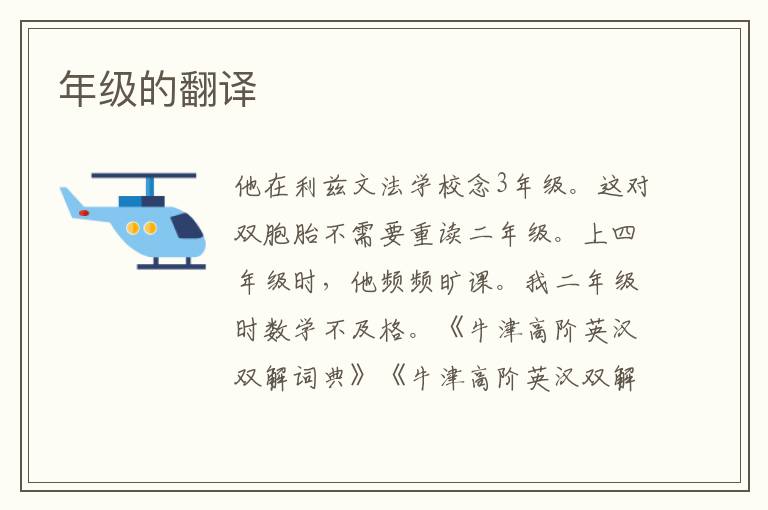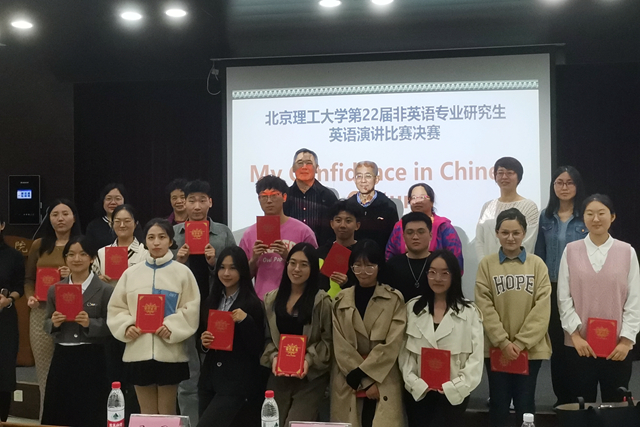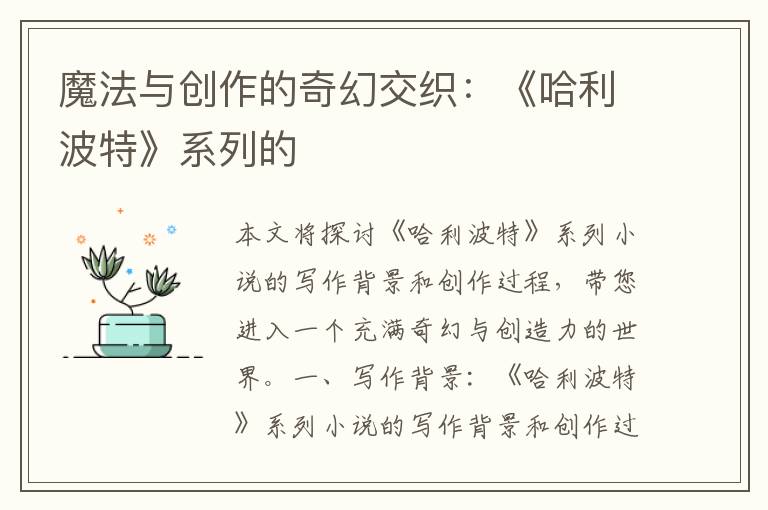雅思閱讀真題文章:How IQ Becomes IQ

下面是一篇雅思閱讀真題文章,這篇雅思閱讀文章的主要內容是討論了IQ理論的產生和發展的過程,以及它的影響的不斷擴大的過程。大家可以參考一下這篇文章的結構和思路,這樣就可以對雅思閱讀文章更加了解了。雅思預祝大家在雅思考試中取得好成績!
In 1904 the French minister of education, facing limited resources for schooling, sought a way to separate the unable from the merely lazy. Alfred Binet got the job of devising selection principles and his brilliant solution put a stamp on the study of intelligence and was the forerunner of intelligence tests still used today. He developed a thirty-problem test in 1905, which tapped several abilities related to intellect, such as judgment and reasoning. The test determined a given childs mental age. The test previously established a norm for children of a given physical age. For example, five-year-olds on average get ten items correct, therefore, a child with a mental age of five should score 10, which would mean that he or she was functioning pretty much as others of that age. The childs mental age was then compared to his physical age.
A large disparity in the wrong direction might suggest inability rather than laziness and means that he or she was earmarked for special schooling. Binet, however, denied that the test was measuring intelligence and said that its purpose was simply diagnostic, for selection only. This message was however lost and caused many problems and misunderstandings later.
Although Binets test was popular, it was a bit inconvenient to deal with a variety of physical and mental ages. So, in 1912, Wilhelm Stern suggested simplifying this by reducing the two to a single number. He divided the mental age by the physical age and multiplied the result by 100. An average child, irrespective of age, would score 100. a number much lower than 100 would suggest the need for help and one much higher would suggest a child well ahead of his peer.
This measurement is what is now termed the IQ score and it has evolved to be used to show how a person, adult or child, performed in relation to others. The term IQ was coined by Lewis m. Terman, professor of psychology and education of Stanford University, in 1916. He had constructed an enormously influential revision of Binets test, called the Stanford-Binet test, versions of which are still given extensively.
The field studying intelligence and developing tests eventually coalesced into a sub-field of psychology called psychometrics . The practical side of psychometrics became widespread quite early, by 1917, when Einstein published his grand theory of relativity, mass-scale testing was already in use.
Germanys unrestricted submarine warfare provoked the United States to finally enter the first world war in the same year. The military had to build up an army very quickly and it had two million inductees to sort out. Who would become officers and who enlisted men? Psychometricians developed two intelligence tests that helped sort all these people out, at least to some extent. This was the first major use of testing to decide who lived and who died since officers were a lot safer on the battlefield. The tests themselves were given under horrendously bad conditions and the examiners seemed to lack common sense. A lot of recruits simply had no idea what to do and in several sessions most inductees scored zero! The examiners also came up with the quite astounding conclusion from the testing that the average American adults intelligence was equal to that of a thirteen-year-old!
Nevertheless, the ability for various authorities to classify people on scientifically justifiable premises was too convenient and significant to be dismissed lightly, so with all good astounding intentions and often over enthusiasm, societys affinity for psychological testing proliferated.
Back in Europe, Sir Cyril Burt, professor of psychology at University College London from 1931 to 1950, was a prominent figure for his contribution to the field. He was a firm advocate of intelligence testing and his ideas fitted in well with English cultural ideas of elitism. A government committee in 1943 used some of Burts ideas in devising a rather primitive typology on childrens intellectual behavior. All were tested at age eleven and the top 15 or 20 per cent went to grammar schools with good teachers and a fast pace of work to prepare for the few university places available. A lot of very bright working-class children, who otherwise would never have succeeded, made it to grammar schools and universities.
The system for the rest was however disastrous. These children attended lesser secondary or technical schools and faced the prospect of eventual education oblivion. They felt like dumb failures, which having been officially and scientifically branded. No wonder their motivation to study plummeted. It was not until 1974 that the public education system was finally reformed. Nowadays it is believed that Burt has fabricated a lot of his data. Having an obsession that intelligence is largely genetic, he apparently made up twin studies, which supported this idea, at the same time inventing two co-workers who were supposed to have gathered the results.
Intelligence testing enforced political and social prejudice and their results were used to argue that Jews ought to be kept out of the United States because they were so intelligently inferior that they would pollute the racial mix. And blacks ought not to be allowed to breed at all. Abuse and test bias controversies continued to plaque psychometrics.
Measurement is fundamental to science and technology. Science often advances in leaps and bounds when measurement devices improve. Psychometrics has long tried to develop ways to gauge psychological qualities such as intelligence and more specific abilities, anxiety, extroversion, emotional stability, compatibility with marriage partner and so on. Their scores are often given enormous weight. A single IQ measurement can take on a life of its own if teachers and parents see it as definitive. It became a major issue in the 70s when court cases were launched to stop anyone from making important decisions based on IQ test scores. the main criticism was and still is that current tests dont really measure intelligence. Whether intelligence can be measured at all is still controversial. some say it cannot while others say that IQ tests are psychologys greatest accomplishments.
下面是一篇雅思閱讀真題文章,這篇雅思閱讀文章的主要內容是討論了IQ理論的產生和發展的過程,以及它的影響的不斷擴大的過程。大家可以參考一下這篇文章的結構和思路,這樣就可以對雅思閱讀文章更加了解了。雅思預祝大家在雅思考試中取得好成績!
In 1904 the French minister of education, facing limited resources for schooling, sought a way to separate the unable from the merely lazy. Alfred Binet got the job of devising selection principles and his brilliant solution put a stamp on the study of intelligence and was the forerunner of intelligence tests still used today. He developed a thirty-problem test in 1905, which tapped several abilities related to intellect, such as judgment and reasoning. The test determined a given childs mental age. The test previously established a norm for children of a given physical age. For example, five-year-olds on average get ten items correct, therefore, a child with a mental age of five should score 10, which would mean that he or she was functioning pretty much as others of that age. The childs mental age was then compared to his physical age.
A large disparity in the wrong direction might suggest inability rather than laziness and means that he or she was earmarked for special schooling. Binet, however, denied that the test was measuring intelligence and said that its purpose was simply diagnostic, for selection only. This message was however lost and caused many problems and misunderstandings later.
Although Binets test was popular, it was a bit inconvenient to deal with a variety of physical and mental ages. So, in 1912, Wilhelm Stern suggested simplifying this by reducing the two to a single number. He divided the mental age by the physical age and multiplied the result by 100. An average child, irrespective of age, would score 100. a number much lower than 100 would suggest the need for help and one much higher would suggest a child well ahead of his peer.
This measurement is what is now termed the IQ score and it has evolved to be used to show how a person, adult or child, performed in relation to others. The term IQ was coined by Lewis m. Terman, professor of psychology and education of Stanford University, in 1916. He had constructed an enormously influential revision of Binets test, called the Stanford-Binet test, versions of which are still given extensively.
The field studying intelligence and developing tests eventually coalesced into a sub-field of psychology called psychometrics . The practical side of psychometrics became widespread quite early, by 1917, when Einstein published his grand theory of relativity, mass-scale testing was already in use.
Germanys unrestricted submarine warfare provoked the United States to finally enter the first world war in the same year. The military had to build up an army very quickly and it had two million inductees to sort out. Who would become officers and who enlisted men? Psychometricians developed two intelligence tests that helped sort all these people out, at least to some extent. This was the first major use of testing to decide who lived and who died since officers were a lot safer on the battlefield. The tests themselves were given under horrendously bad conditions and the examiners seemed to lack common sense. A lot of recruits simply had no idea what to do and in several sessions most inductees scored zero! The examiners also came up with the quite astounding conclusion from the testing that the average American adults intelligence was equal to that of a thirteen-year-old!
Nevertheless, the ability for various authorities to classify people on scientifically justifiable premises was too convenient and significant to be dismissed lightly, so with all good astounding intentions and often over enthusiasm, societys affinity for psychological testing proliferated.
Back in Europe, Sir Cyril Burt, professor of psychology at University College London from 1931 to 1950, was a prominent figure for his contribution to the field. He was a firm advocate of intelligence testing and his ideas fitted in well with English cultural ideas of elitism. A government committee in 1943 used some of Burts ideas in devising a rather primitive typology on childrens intellectual behavior. All were tested at age eleven and the top 15 or 20 per cent went to grammar schools with good teachers and a fast pace of work to prepare for the few university places available. A lot of very bright working-class children, who otherwise would never have succeeded, made it to grammar schools and universities.
The system for the rest was however disastrous. These children attended lesser secondary or technical schools and faced the prospect of eventual education oblivion. They felt like dumb failures, which having been officially and scientifically branded. No wonder their motivation to study plummeted. It was not until 1974 that the public education system was finally reformed. Nowadays it is believed that Burt has fabricated a lot of his data. Having an obsession that intelligence is largely genetic, he apparently made up twin studies, which supported this idea, at the same time inventing two co-workers who were supposed to have gathered the results.
Intelligence testing enforced political and social prejudice and their results were used to argue that Jews ought to be kept out of the United States because they were so intelligently inferior that they would pollute the racial mix. And blacks ought not to be allowed to breed at all. Abuse and test bias controversies continued to plaque psychometrics.
Measurement is fundamental to science and technology. Science often advances in leaps and bounds when measurement devices improve. Psychometrics has long tried to develop ways to gauge psychological qualities such as intelligence and more specific abilities, anxiety, extroversion, emotional stability, compatibility with marriage partner and so on. Their scores are often given enormous weight. A single IQ measurement can take on a life of its own if teachers and parents see it as definitive. It became a major issue in the 70s when court cases were launched to stop anyone from making important decisions based on IQ test scores. the main criticism was and still is that current tests dont really measure intelligence. Whether intelligence can be measured at all is still controversial. some say it cannot while others say that IQ tests are psychologys greatest accomplishments.



